Mervyn Bosworth Smith, founder of Malealea Trading Store, was born at Harrow School, England in 1878. His father was Assistant Master there for 37 years. Mervyn had five brothers and three sisters. All his brothers were educated at Harrow, but Mervyn went to Rugby, where he excelled at rugby and athletics. He was also a brilliant scholar, writing Latin prose at 14 years old. On leaving school he went to Oxford University....
The Heritage of Socks and how Irish wolfhounds came to be in Lesotho
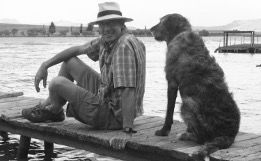
This is a picture of Socks and his best friend, Mick. (the beloved late owner of Malealea Lodge). Socks had a scary start to life, almost losing it when he was just a puppy. Despite this, he grew to be an incredibly strong (and quite large) dog. Sock’s exact breed was never really known to anyone who met him, but it was apparent that he had a lot of Irish wolfhound traits, and looked quite like one too. This leads us to the question of: ‘How did Socks, or rather how did Socks’ ancestors come to be in Lesotho?’
The Irish Wolfhound is one of the oldest and most iconic dog breeds, with a history stretching back thousands of years. Originally bred in ancient Ireland, these majestic dogs were primarily used for hunting large game such as wolves, deer, and wild boar. Their name reflects both their Irish origins and their purpose as wolf hunters. They are known for their size, strength and courage and symbolised power, often being gifted to to foreign rulers.
By the 17th century, the Irish Wolfhound's primary role—hunting wolves—began to decline as wolves became extinct in Ireland. This led to a dramatic drop in their numbers. By the 19th century, the breed was nearly extinct. Captain George Augustus Graham, a British officer, is credited with saving the breed in the late 1800s. He meticulously crossbred the few remaining Irish Wolfhounds with other large breeds like Scottish Deerhounds, Great Danes, and Borzoi to restore their numbers and original appearance.
Today, Irish wolfhounds are known as gentle giants, beloved for their calm temperament and loyalty. Despite their historical significance, they are relatively rare and require careful breeding to maintain their health and vitality.
This brings us to how they came to be in Lesotho, a country which, at the time, was going through a transformative era. The arrival of Irish missionaries in Lesotho is a lesser-known but fascinating chapter of the country’s history. These missionaries, most notably from the Catholic Church, played a significant role in shaping Lesotho’s religious and cultural landscape during the 19th and early 20th centuries. Their introduction of Irish Wolfhounds is tied to their broader mission of influencing and adapting to the communities they served. The introduction of Irish Wolfhounds to Lesotho aligned with the missionaries’ efforts to adapt to local conditions and needs. In Lesotho, livestock was—and still is—central to the economy and culture. Herding in the country’s mountainous terrain requires hardy and intelligent dogs to guard against predators. Over time, Irish Wolfhounds would have adapted to Lesotho’s mountainous terrain and integrated well into local herding communities. Basotho herd boys, known for their resilience and deep knowledge of the land have relied on their dogs for centuries to assist in herding and protecting their livestock. Basotho herding dogs are not a specific breed but are often a mix of local breeds, bred over generations for their intelligence, stamina, and loyalty. After the introduction of Irish wolfhounds, they were crossbred with some Basotho herding dogs, resulting in a unique lineage of robust, versatile dogs capable of thriving in Lesotho’s challenging environment. (Just like Socks!)
The story of the Irish wolfhounds in Lesotho and the introduction of them by the Irish missionaries highlights the intersections of culture, heritage and innovation. Together they have shaped a unique chapter in Lesotho’s history, where the strength of its people and their dogs continue to inspire. Just like Socks, every Basotho dog has a unique history and unique characteristics. What they all have in common is loyalty. Loyalty to the herd boys and their owners, who are also their best friends. I have rarely seen a friendship as strong as the one between Socks and Mick.
Further Reading
A Heartfelt Thank You to Clongowes Wood College and the Malealea Development Trust Over the past 10 days, we’ve had the absolute pleasure of hosting a group of students and teachers from Clongowes Wood College here at Malealea Lodge. Their visit has left a lasting impact on our village, and we are deeply grateful for their energy, generosity, and spirit of service.
On the 5th of April, my grandfather, Peter Millin, would have celebrated his 100th birthday. He played an important role in our journey here at Malealea. In the 1950s, he spent time in Lesotho working for the Ministry of Agriculture. His work often took him deep into the mountains for weeks at a time, leading a caravan of mules and donkeys loaded with materials to build sheep dipping stations—part of an effort...
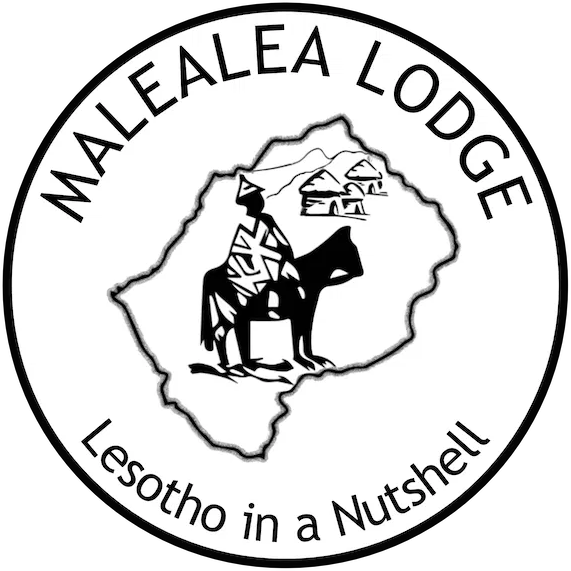
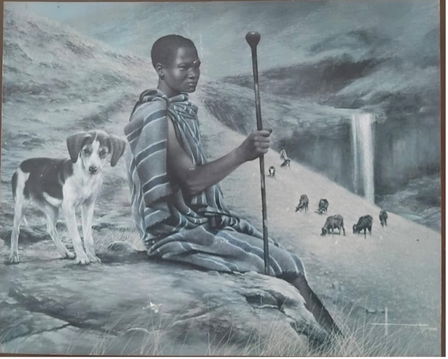
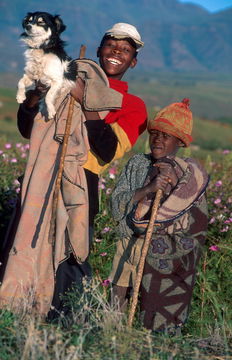
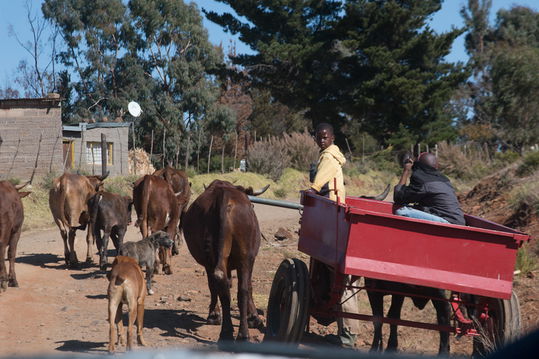
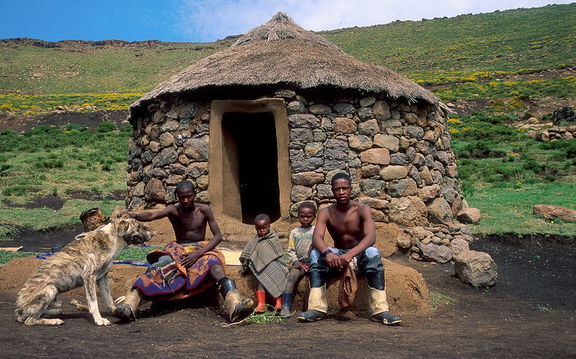
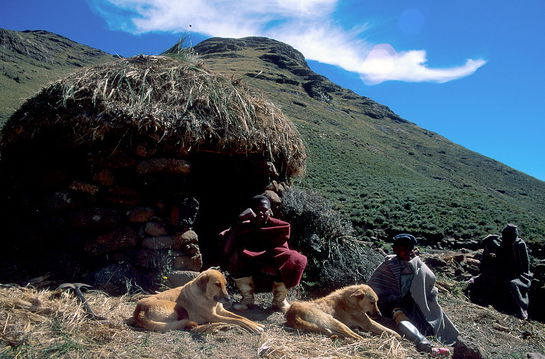
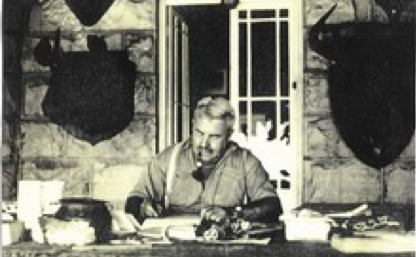
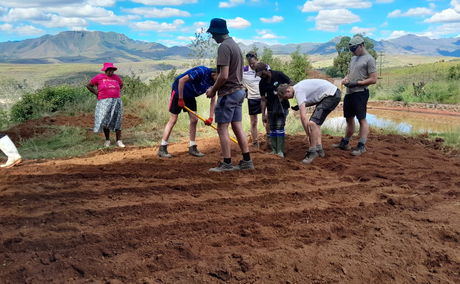
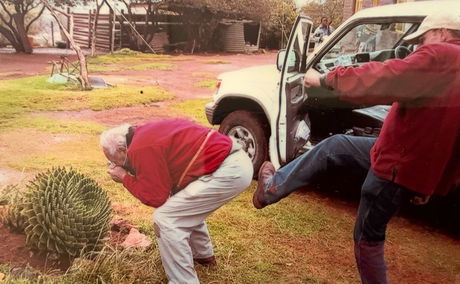
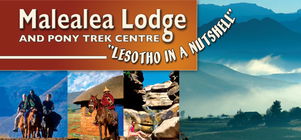
Share This Post